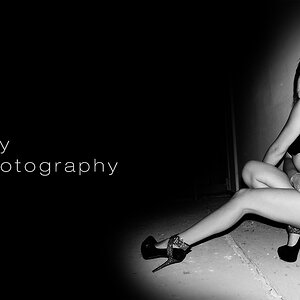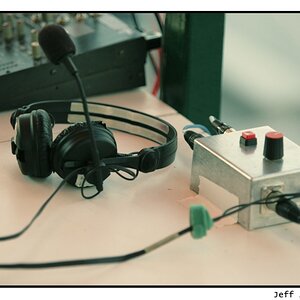usayit
No longer a newbie, moving up!
- Joined
- Nov 15, 2003
- Messages
- 9,521
- Reaction score
- 347
- Can others edit my Photos
- Photos OK to edit
I wouldn't buy a nikon TV since they don't make them. I'd buy a sony.
Do people not realize sony makes the majority of the CCDs out there for cameras of all makes? ( Nikon, Canon P&S, included) Do they not realize that the SLR division IS minolta? Do they not realize that lenses ARE minolta and soon to be Zeiss?



![[No title]](/data/xfmg/thumbnail/38/38734-a0c4ec46a440db881aca3700b0c62879.jpg?1619738703)



![[No title]](/data/xfmg/thumbnail/39/39511-592cbd68b1d797ffce7e41e4fbfed890.jpg?1619739066)





